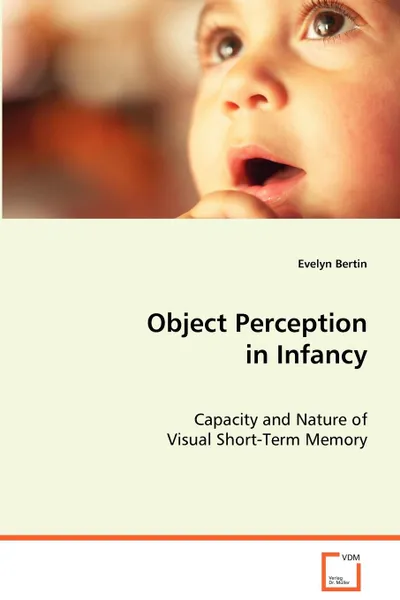Object Perception in Infancy 14+
📕 The study of long-term and short-term memory has a long tradition in psychology and led to the development of theories of cognition and memory. While many aspects of these two memory systems have been investigated in adults as well as children, the emergence and development of visual short-term memory has received relatively little attention in early childhood research. This book presents two studies that examined the storage capacity of visual short-term memory during early infancy as well as the type of information that is represented in this temporary store. Two storage hypotheses (object-based and feature-based) were tested for their ability to describe the nature of infants’ object representations. The discussion focuses on the observed developmental changes in the amount of information infants can hold in visual short-term memory and the suitability of the object-based and feature-based storage hypotheses in describing infants’ short-term object percepts. The present research should be of interest not only to researchers working with infants but also to those investigating visual short-term memory in adults and verbal children.
Мнения
